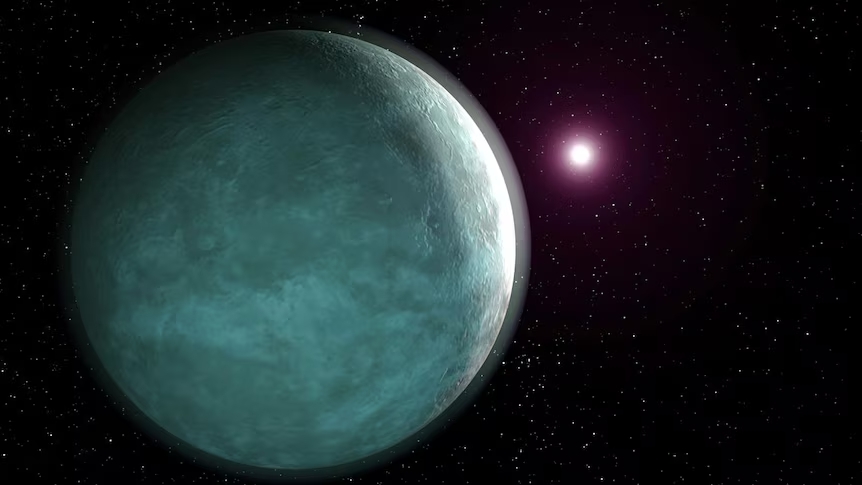
The vast expanse of space continues to astound astronomers with its intriguing celestial bodies. Among them is LTT9779b, an exoplanet located over 260 light years away, which has recently been identified as the most reflective planet observed beyond our Solar System. With its scorching temperatures and unique cloud formation, this Neptune-sized planet defies expectations and presents a fascinating phenomenon for astronomers to unravel. In this blog post, we delve into the peculiarities of exoplanet LTT9779b and its remarkable luminosity. Unveiling the Most Reflective Exoplanet.
LTT9779b: The Venus Rival in Reflectivity:
LTT9779b, initially discovered in 2020, has captured the attention of astronomers due to its exceptional reflectivity. Reflecting 80 percent of the light emitted by its host star, this planet rivals Venus in luminosity, making it the second brightest object in our night sky after the Moon. Its proximity to Earth contributes to its remarkable brightness.
Puzzling Cloud Formation in Extreme Conditions:
One of the most intriguing aspects of LTT9779b is the formation of clouds despite its scorching temperatures. With a side facing its star that reaches an extreme temperature of 2,000 degrees Celsius, cloud formation would seem unlikely. However, researchers have discovered that the planet possesses metallic clouds. These clouds are formed through a process comparable to condensation in a bathroom after a hot shower, creating a saturated atmosphere of metal and silicate components akin to glass.
Surviving the Neptune Desert:
LTT9779b stands out not only for its unique cloud formation but also for its location in a region known as the “Neptune desert.” Planets of this size are typically not found in such regions, as the intense radiation from their stars would strip away their atmospheres, leaving barren rocky surfaces. However, LTT9779b defies these expectations, thanks to the protective shield provided by its metallic clouds. These clouds reflect light and prevent the erosion of its atmosphere, allowing the planet to survive in this harsh environment.
The Significance of the Cheops Mission:
The recent findings about LTT9779b are a result of observations made by Europe’s Cheops space telescope. Launched in 2019, the Cheops mission aims to investigate exoplanets outside our Solar System. By measuring the reflectivity of LTT9779b, the telescope has contributed valuable insights into the nature of this unique celestial body.
Conclusion:
LTT9779b, the most reflective exoplanet observed thus far, continues to captivate astronomers with its extraordinary features. From its exceptional luminosity to the formation of metallic clouds in extreme temperatures, this Neptune-sized planet challenges our understanding of planetary dynamics. The research conducted using the Cheops space telescope highlights the importance of ongoing exploration and observation in expanding our knowledge of the vast universe beyond our own Solar System. LTT9779b serves as a reminder of the countless wonders waiting to be discovered in the realms of space.
Follow us on Instagram and subscribe to Knowlab using the below form.






